Description
The Natya Shastra is incredibly wide in its scope while it primarily deals with stagecraft, it has come to influence music, classical Indian dance, and literature as well. It covers stage design, music, dance, makeup, and virtually every other aspect of stagecraft. It is very important to the history of Indian classical music because it is the only text which gives such detail about the music and instruments of the period. The Natya Shastra ranges widely in scope, from issues of literary construction, to the structure of the stage, to a detailed analysis of musical scales and movements, to an analysis of dance forms that considers several categories of body movements, and their impacts on the viewer. Natya Shastra remained an important text in the fine arts for many centuries.
Individual chapters deal the aspects such as makeup, costume, acting directing etc. a large section deals with meanings conveyed by the performance get particular emphasis, leading to a broad theory of aesthetics. Four kinds acting are described that by body part motions, that by speech, that by costumes and makeup, and the highest mode, by means of internal emotions expressed through minute movements of the lips eyebrows, ear, etc.
The Playwright, actors and musician work together to portray the bhava called rati (love). The Natya shastra was the first major text that dealt with music at length. It was considered the defining treatise of Indian classical music.
While much of the discussion of music is focuses on musical on musical instruments. The theory of rasa described in the text has also been a major influence on modern Indian Cinema.
The Present work consists of thirty six chapters. Origin of Drama, Description of the Playhouse, Offering to the gods of the Stage, description of the Karana dance, Preliminaries of a play, Sentiments and Emotional fervor Gestures of hands, Gestures of other limbs, Cari movements, Sanskrit drama tradition, different gaits zones and local usages, Rules of Prosody, Metrical patterns, diction of Play , Rules on the use language, Modes of address, and intonation. Ten kinds of play, Limbs of the segments, styles, costumes, and make up, Harmonious performance Dealings with courtesans, varied performances, Success in dramatic performances, Instrumental music, Stringed instruments, Time measures, Dhruva Songs, Covered instruments types of Characters, distribution of roles Descent of drama on the Earth, The present translation includes critical notes and an index of the terms.

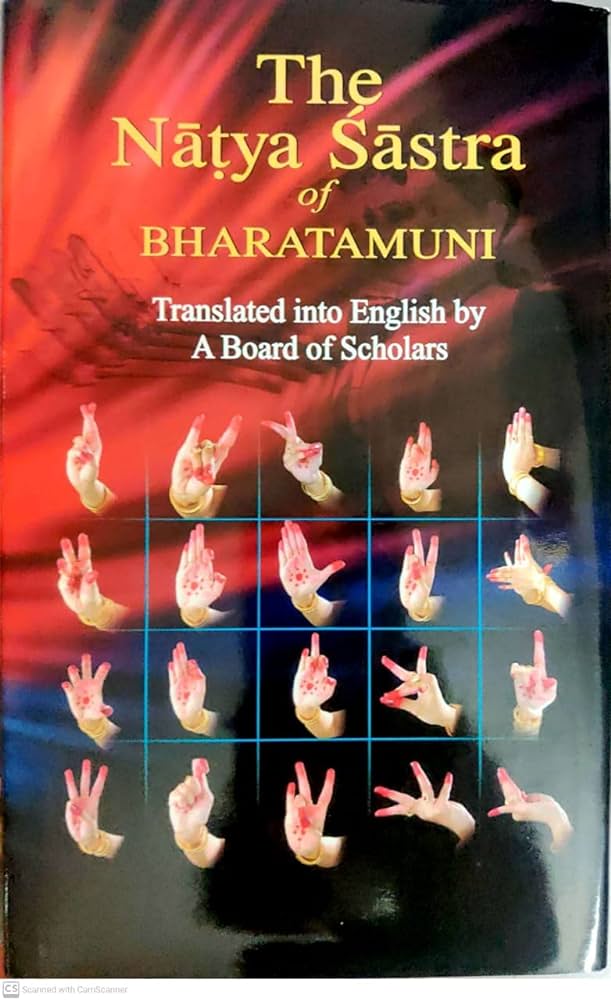
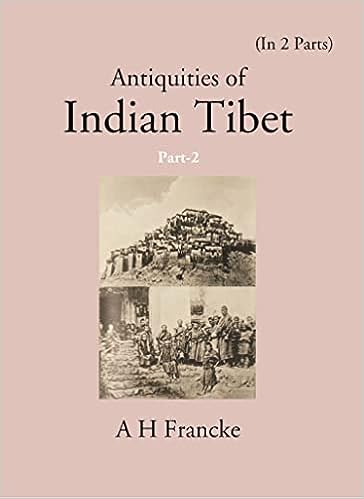

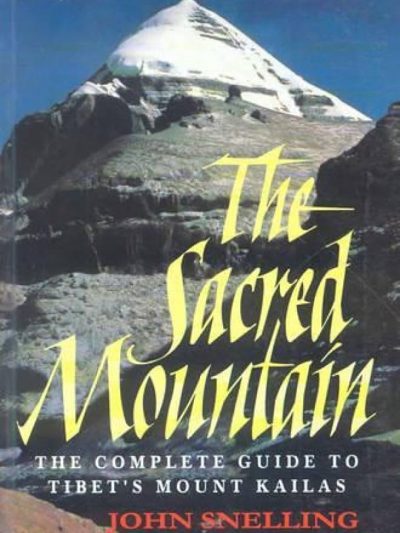
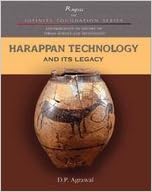
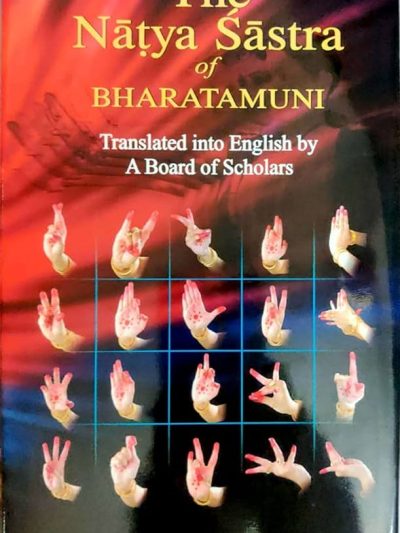
Reviews
There are no reviews yet.